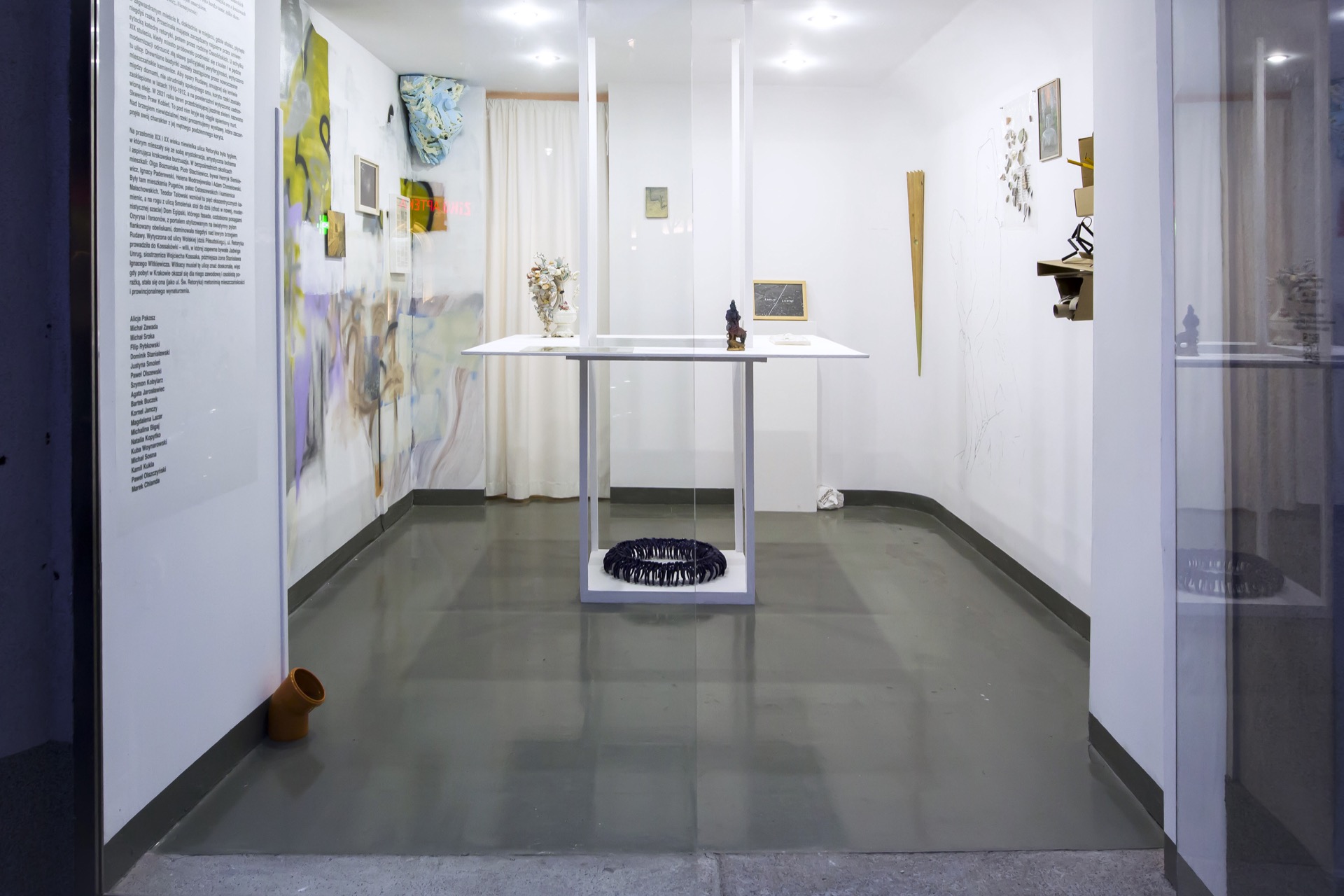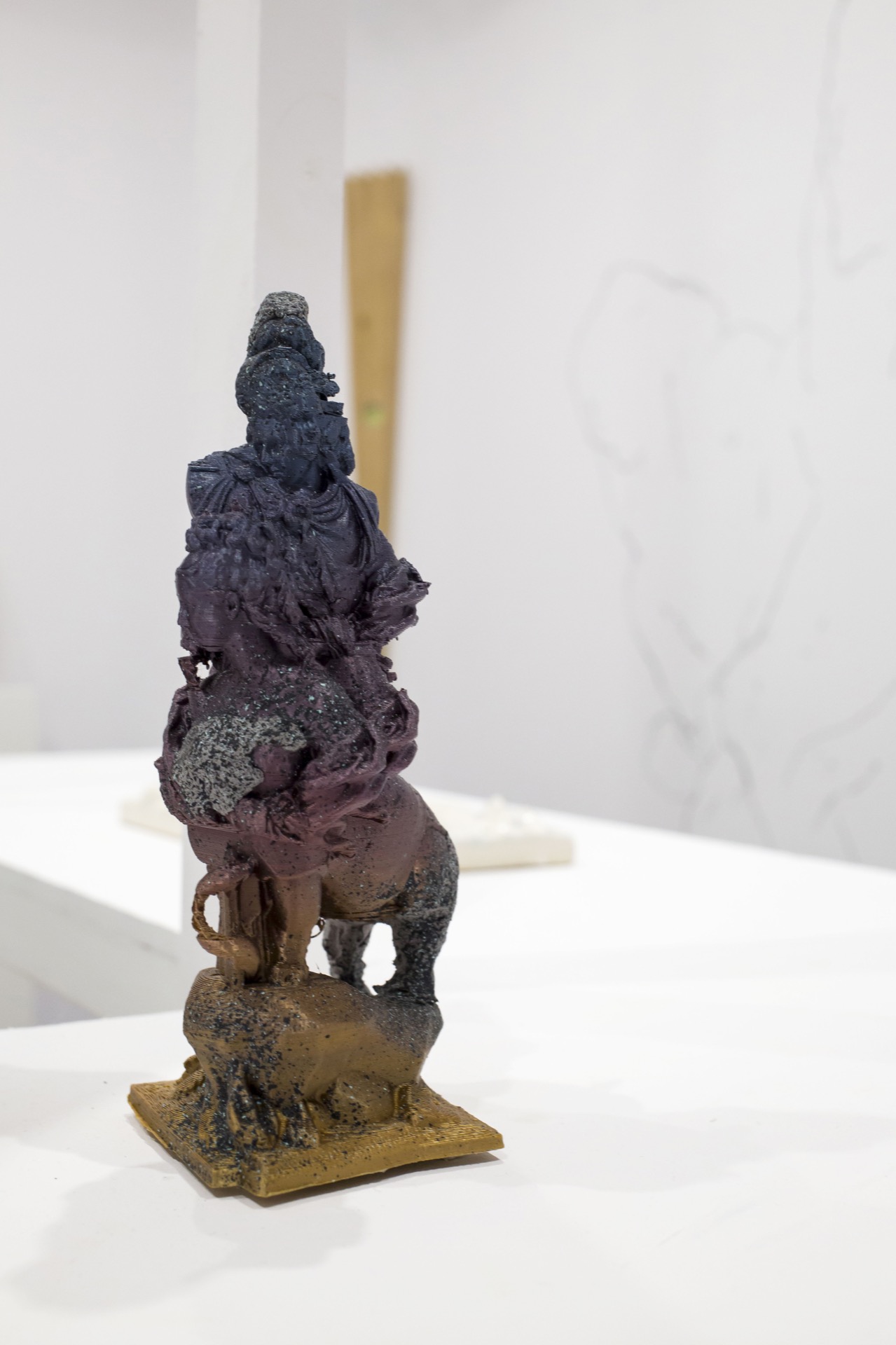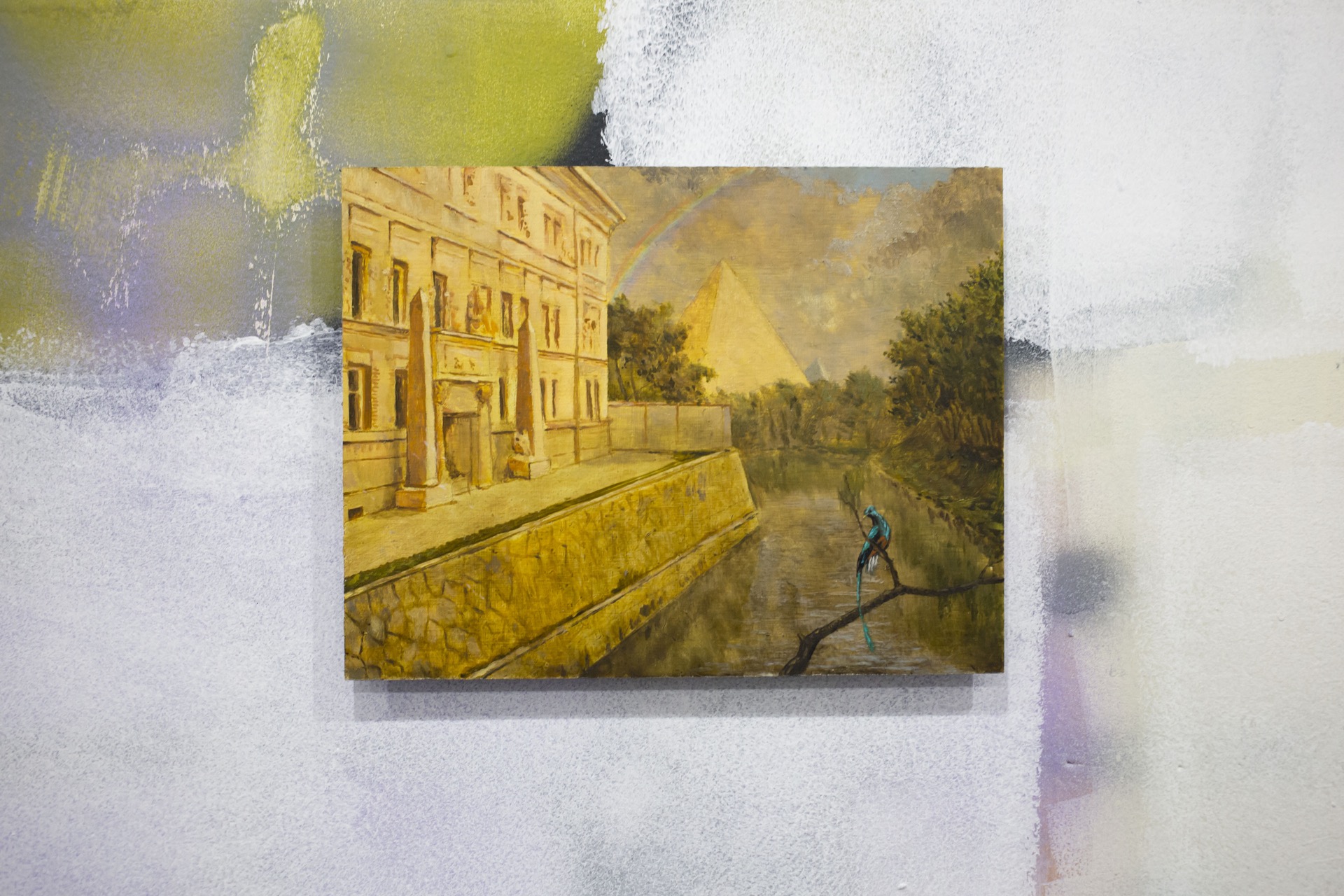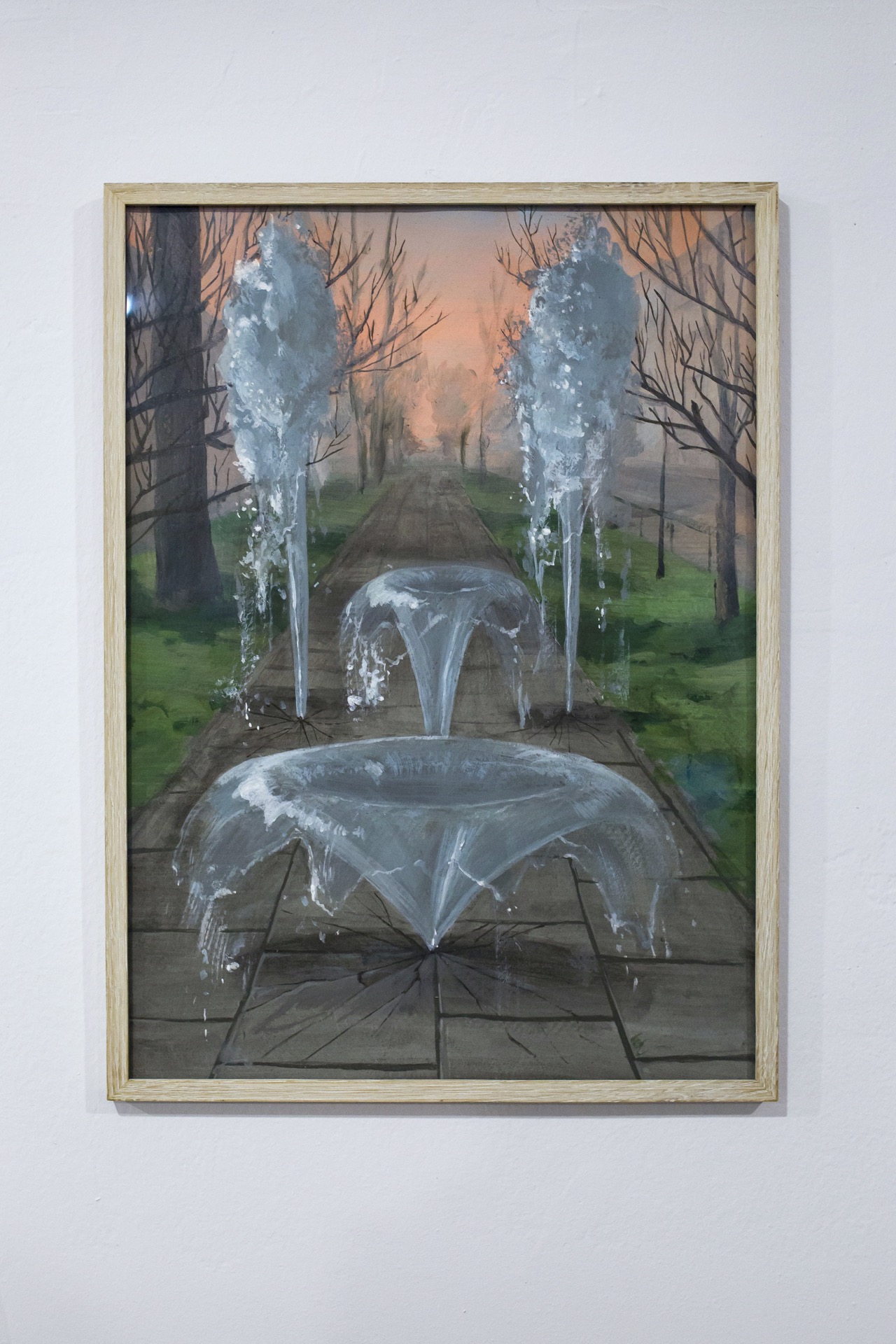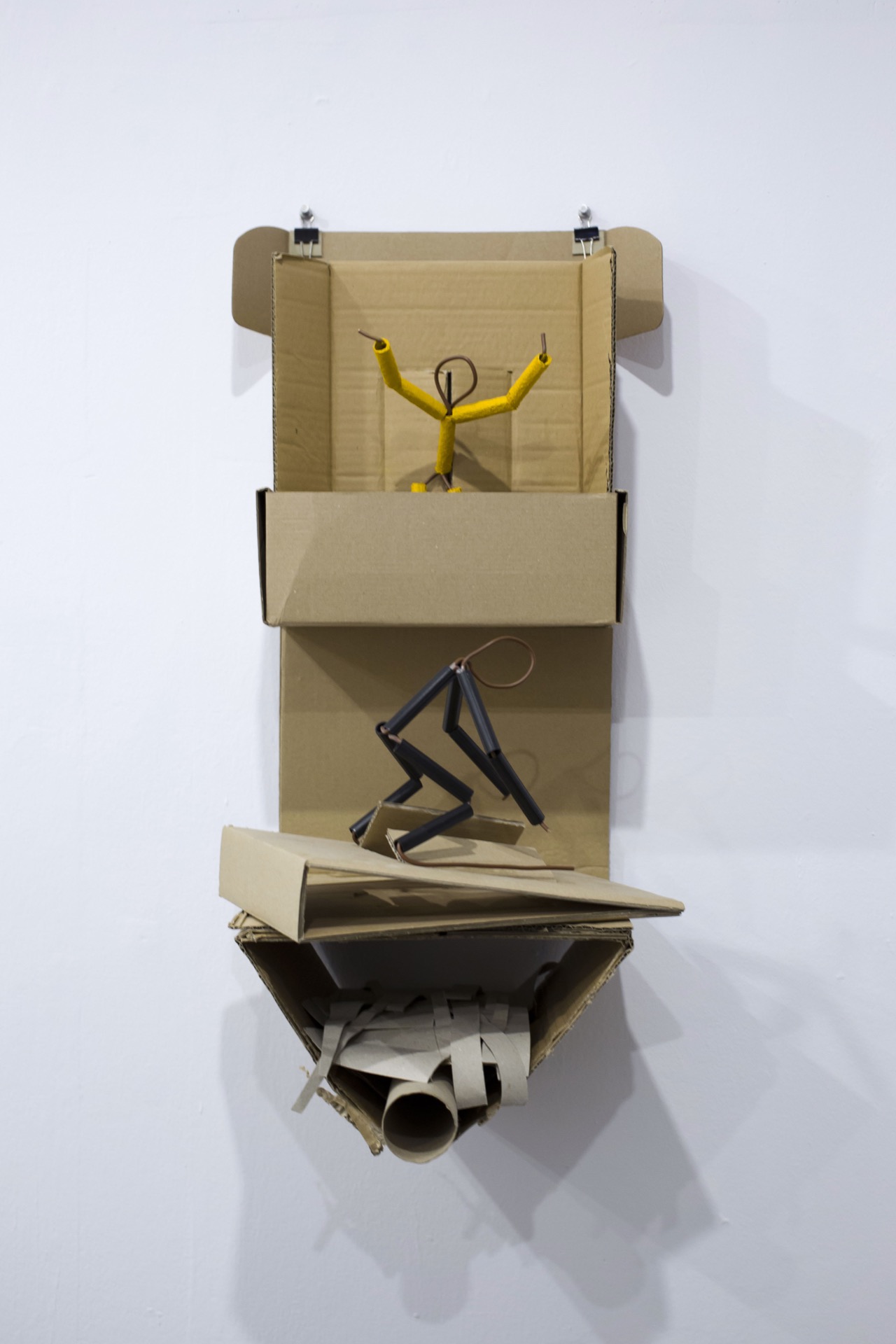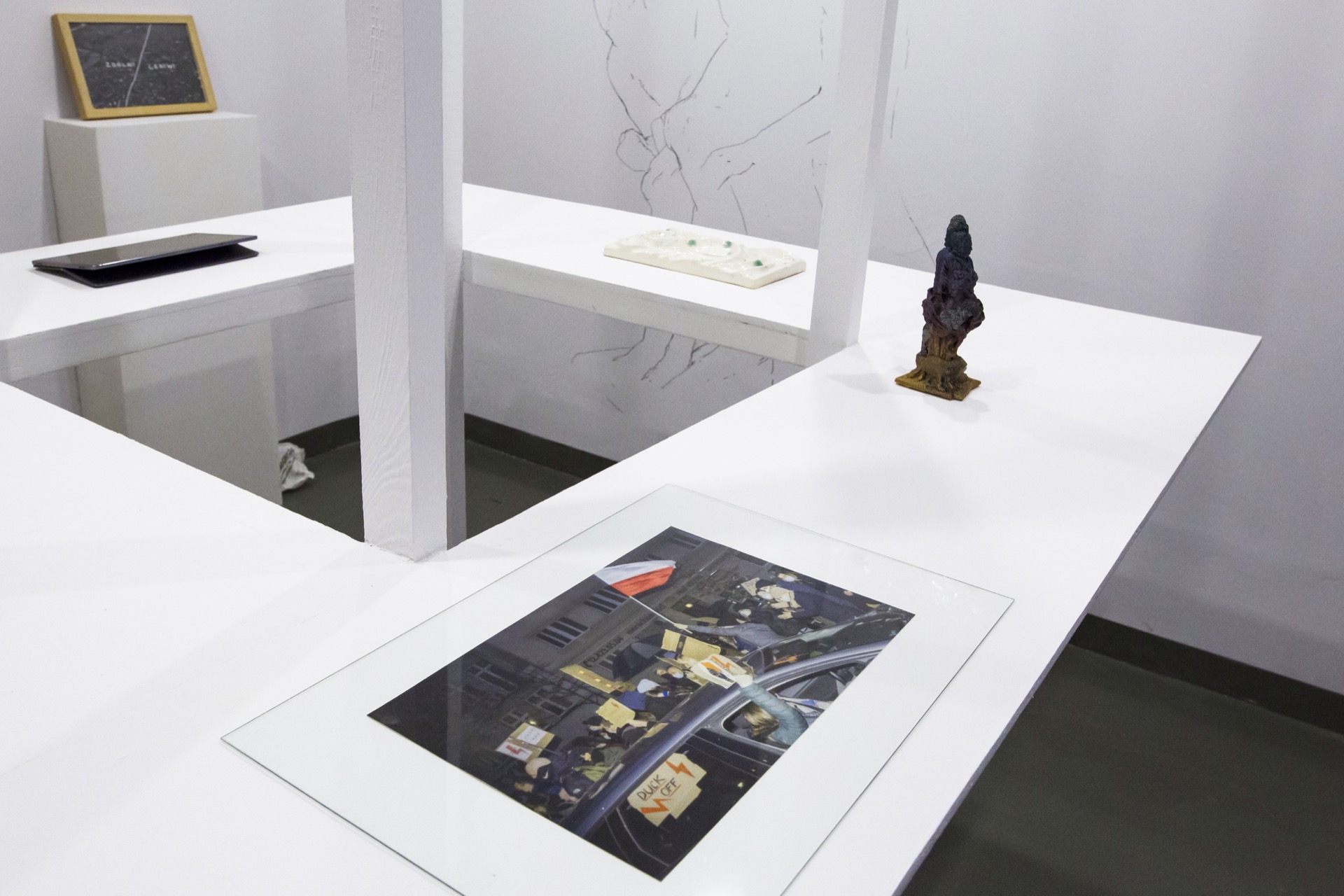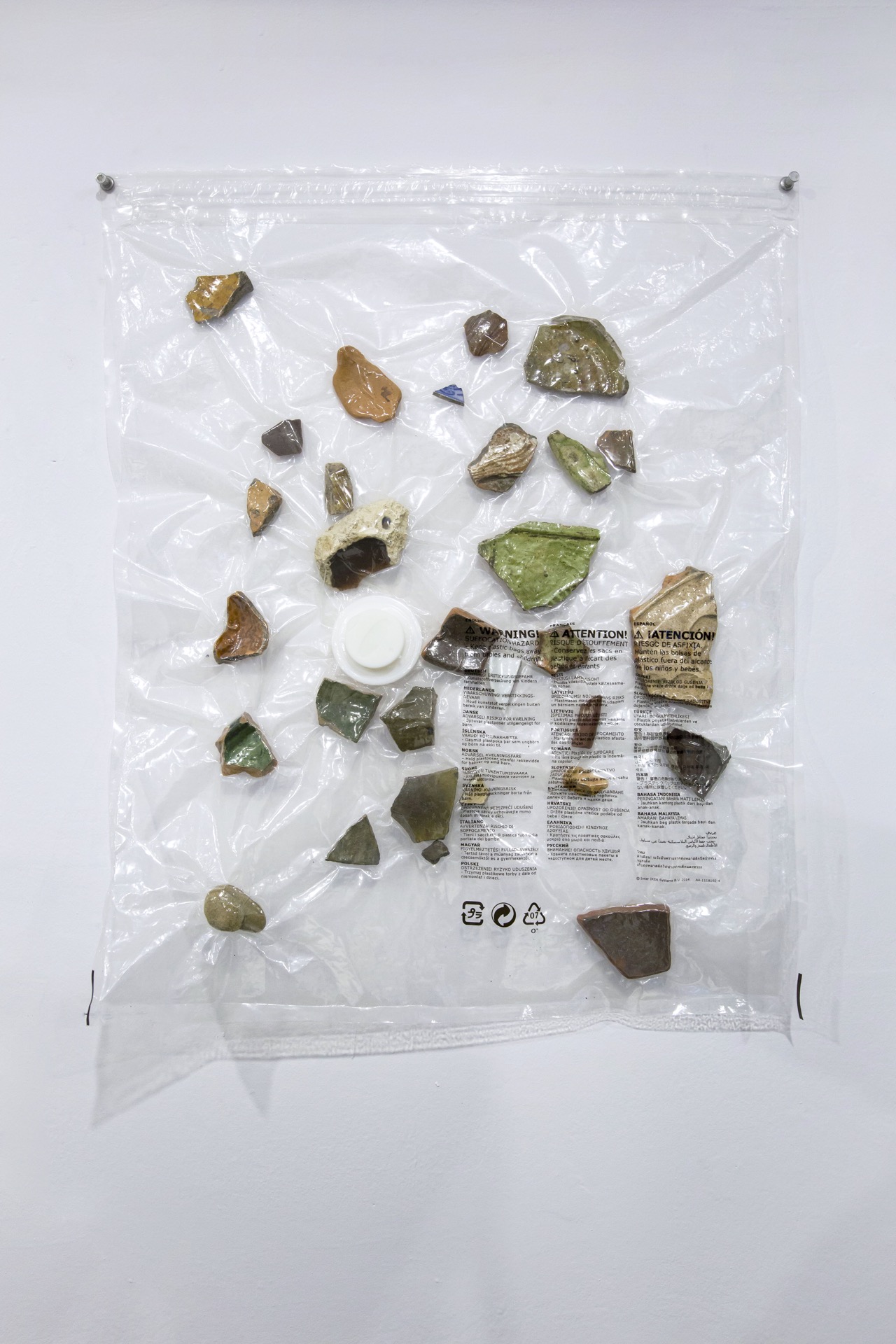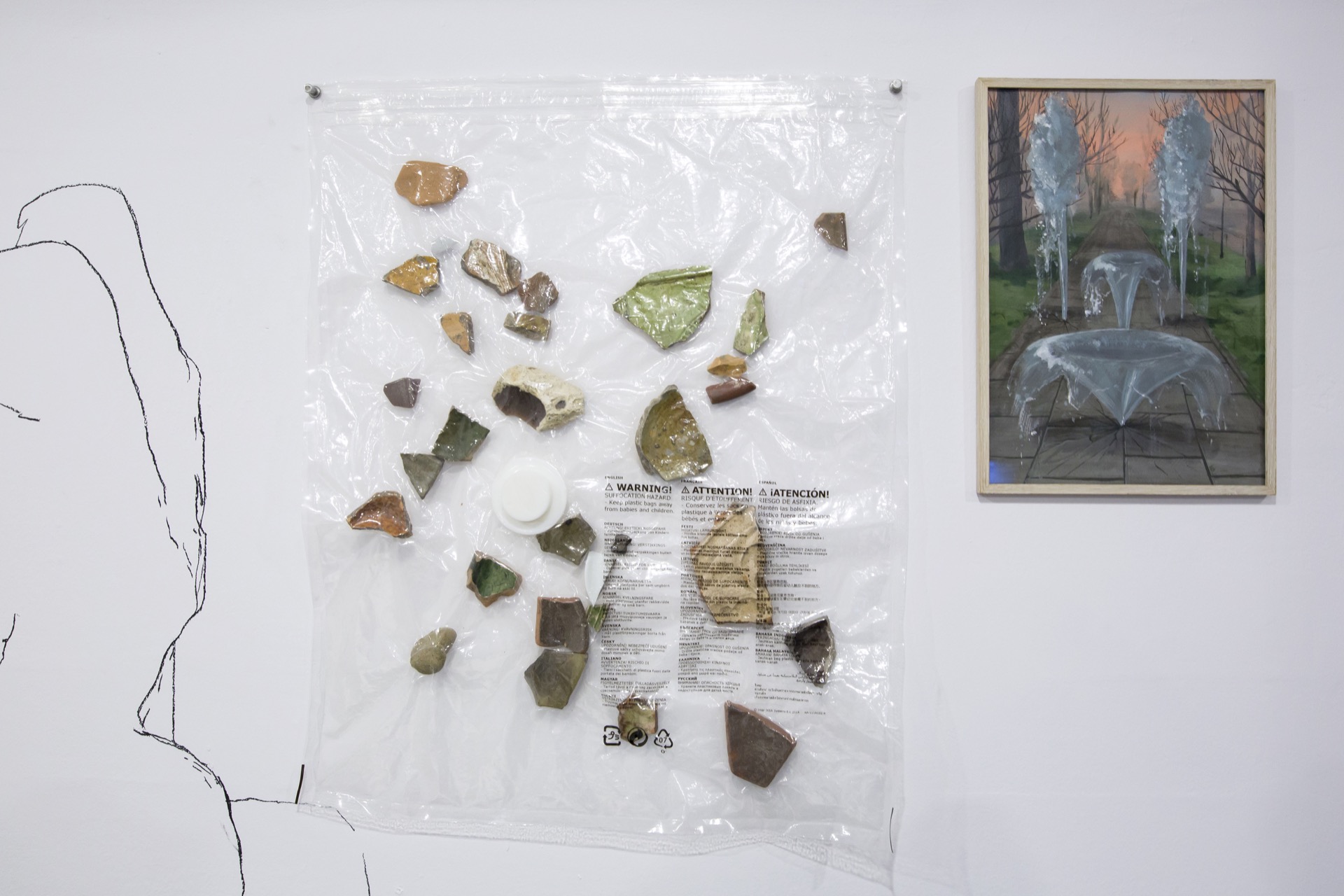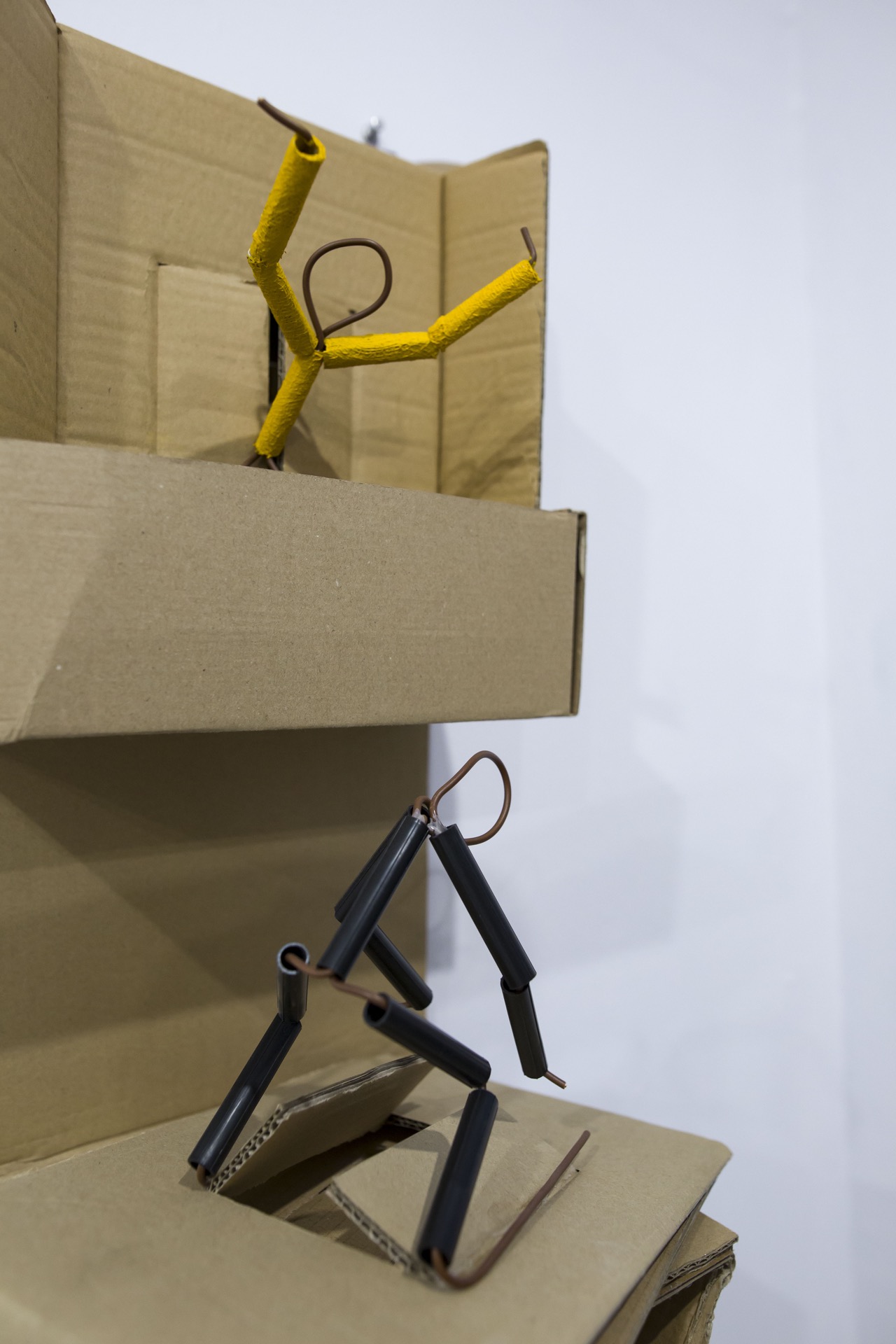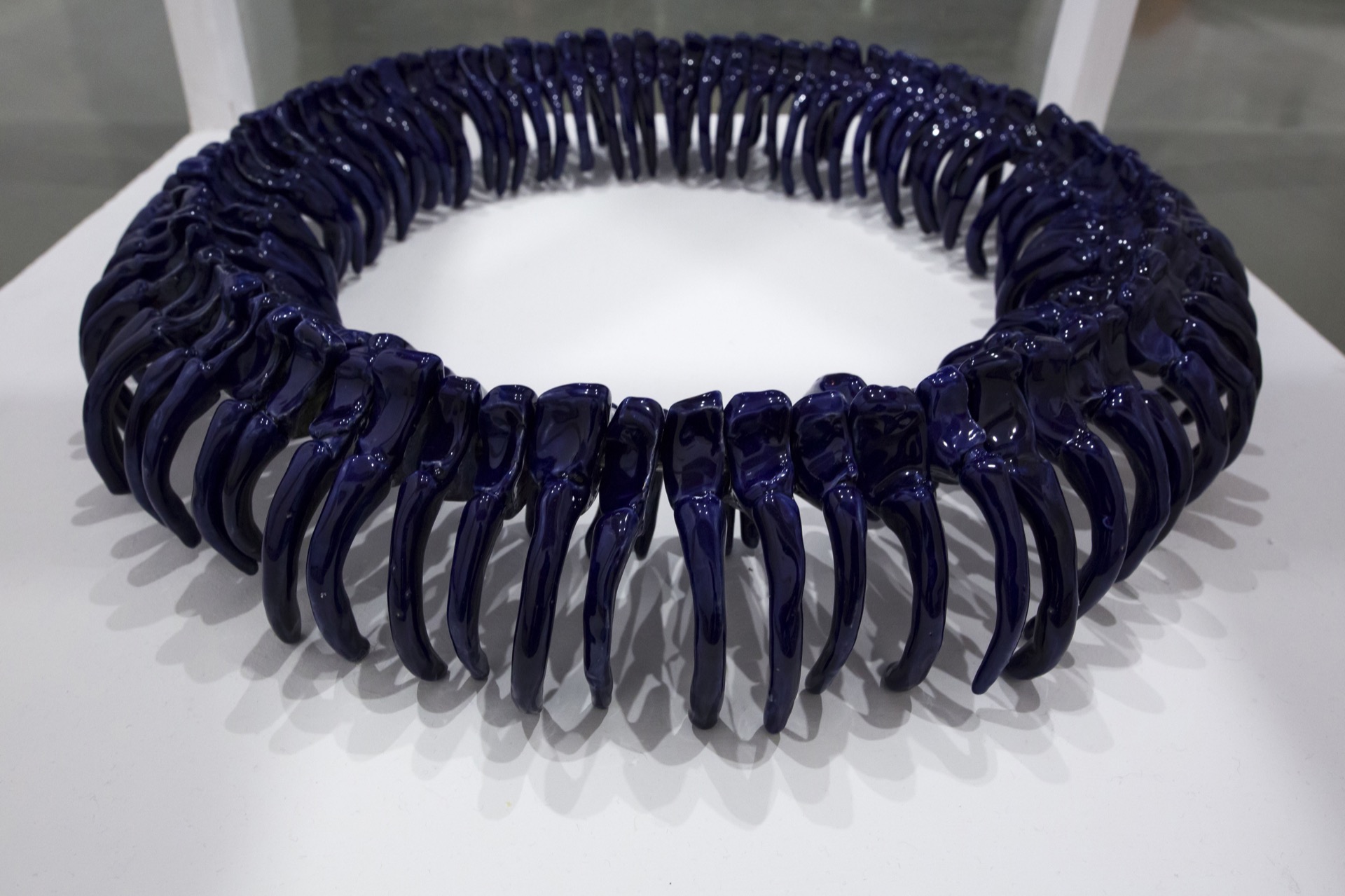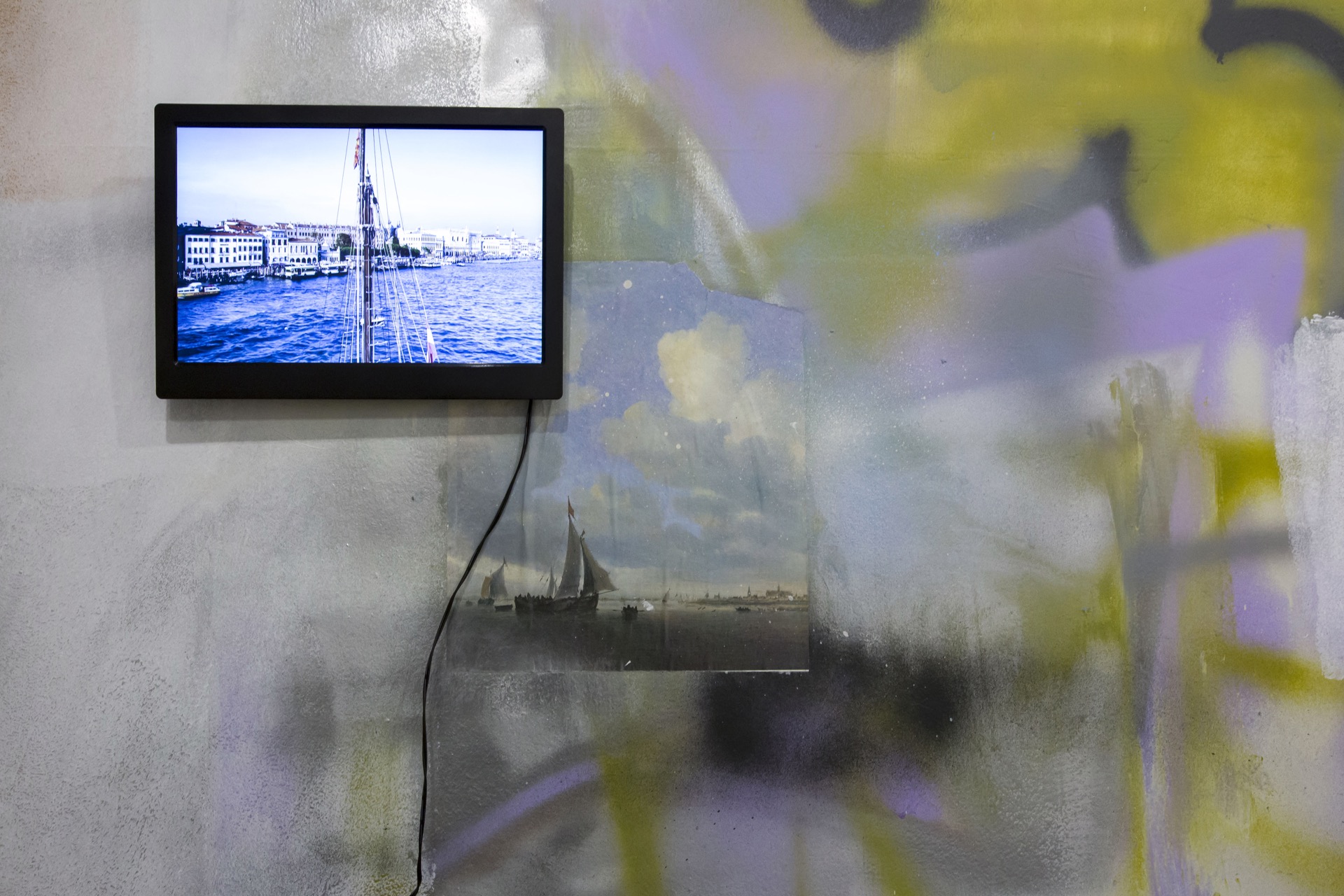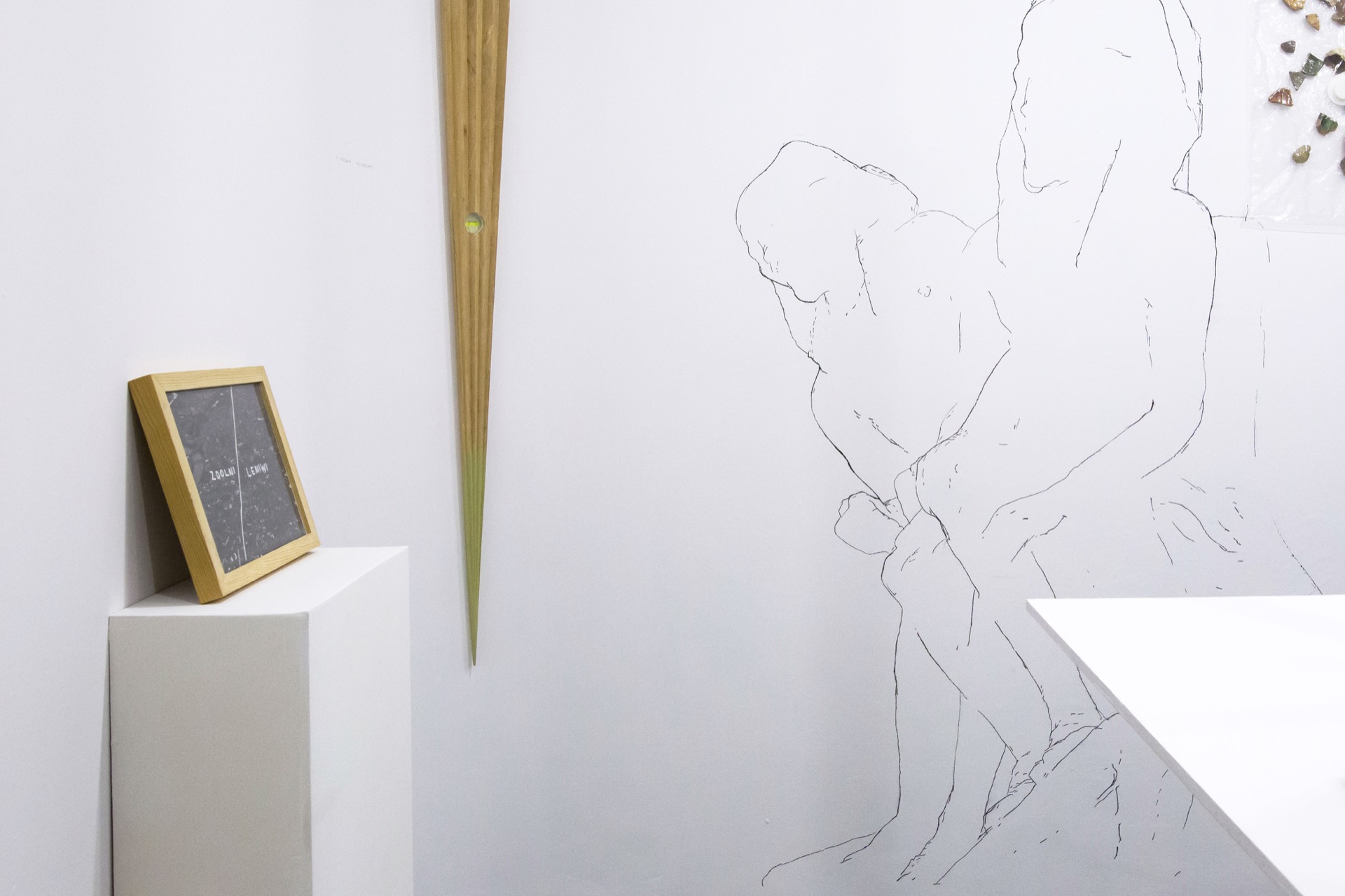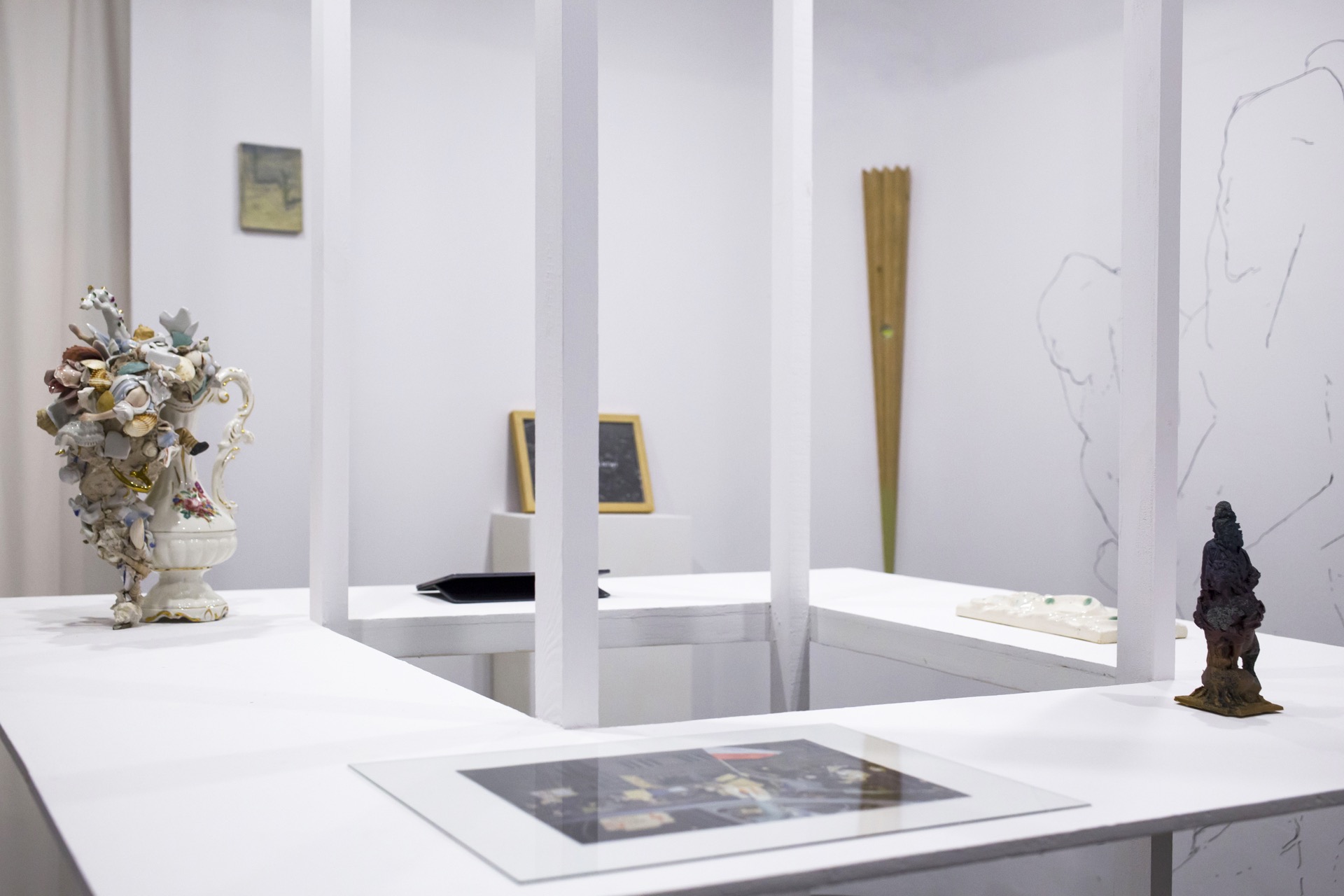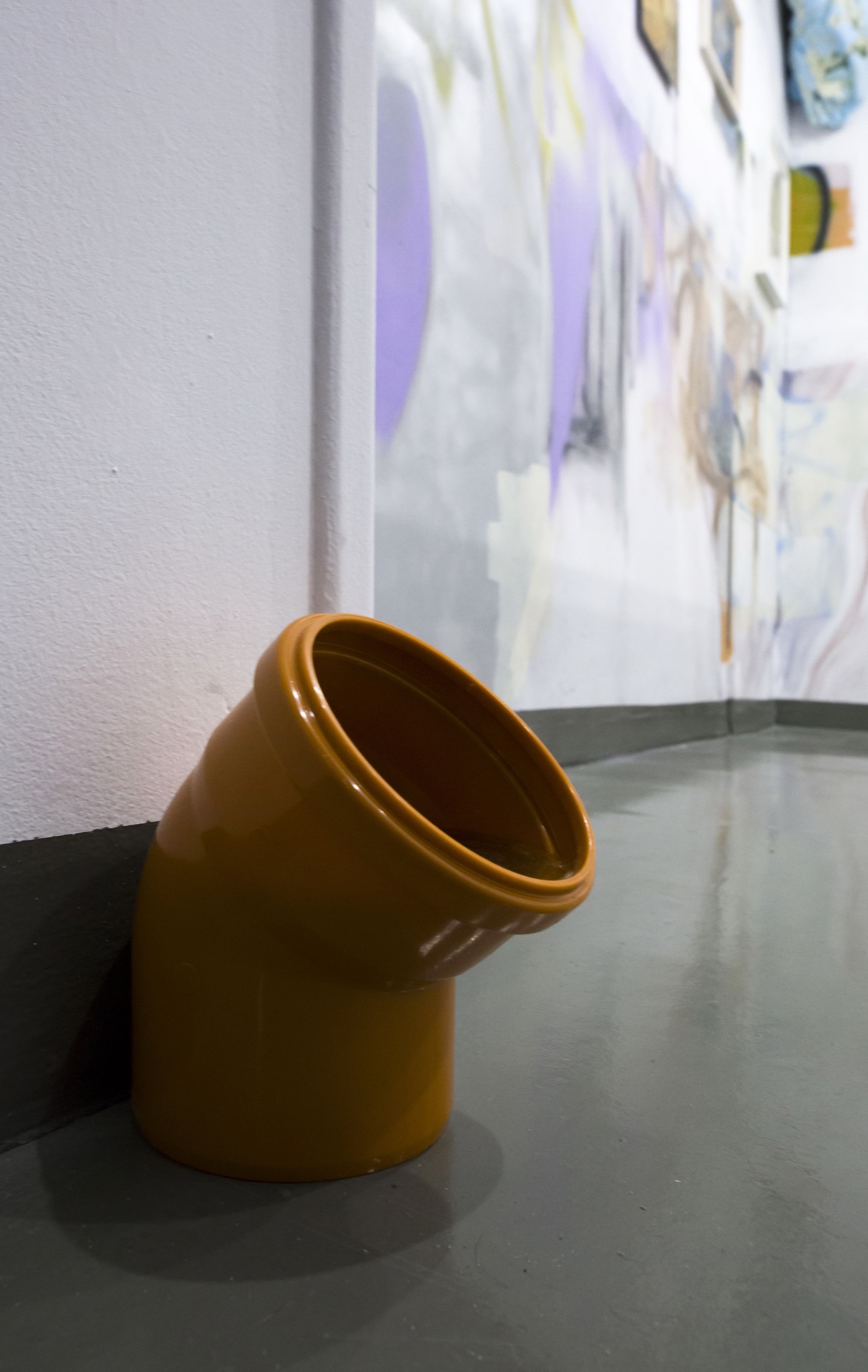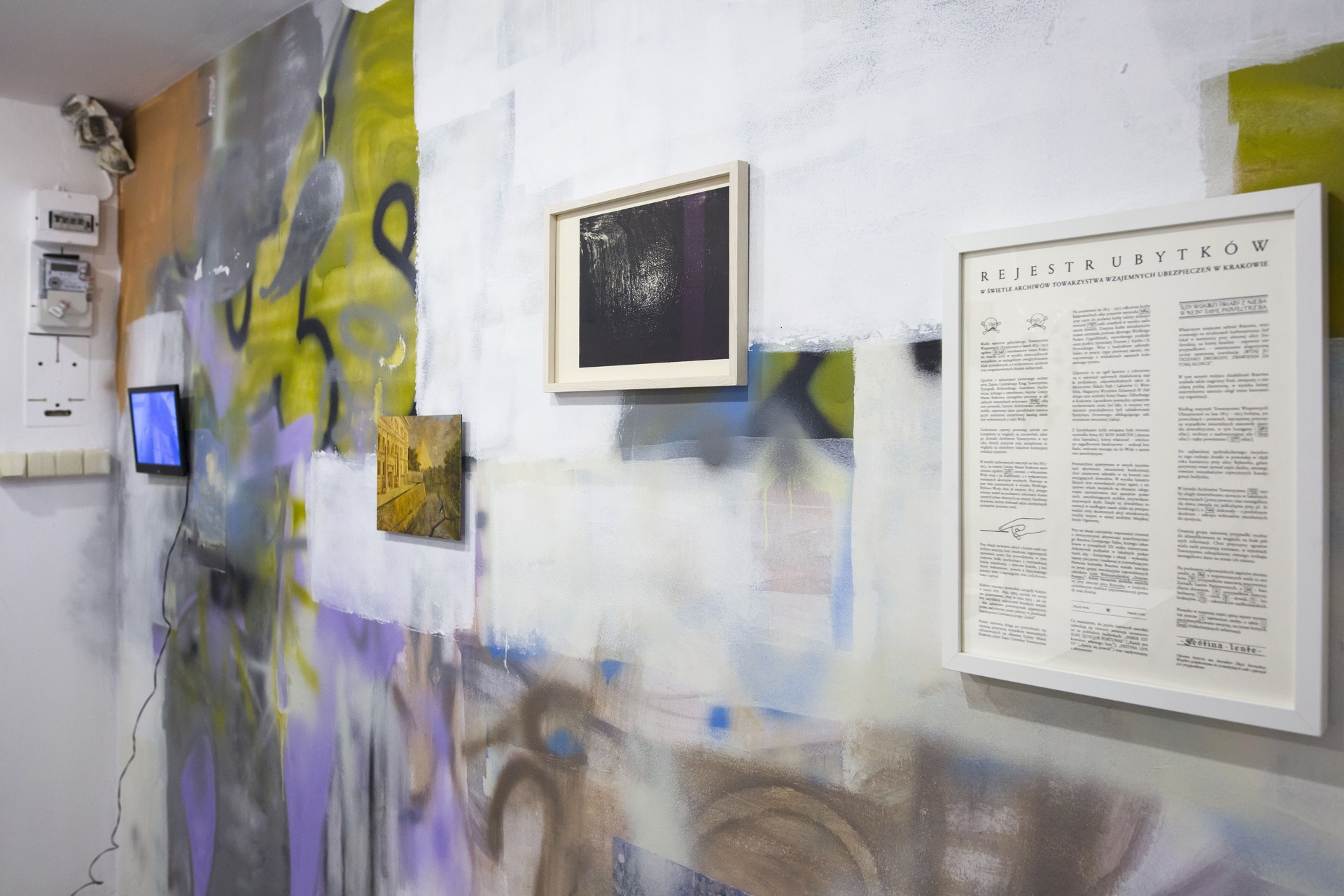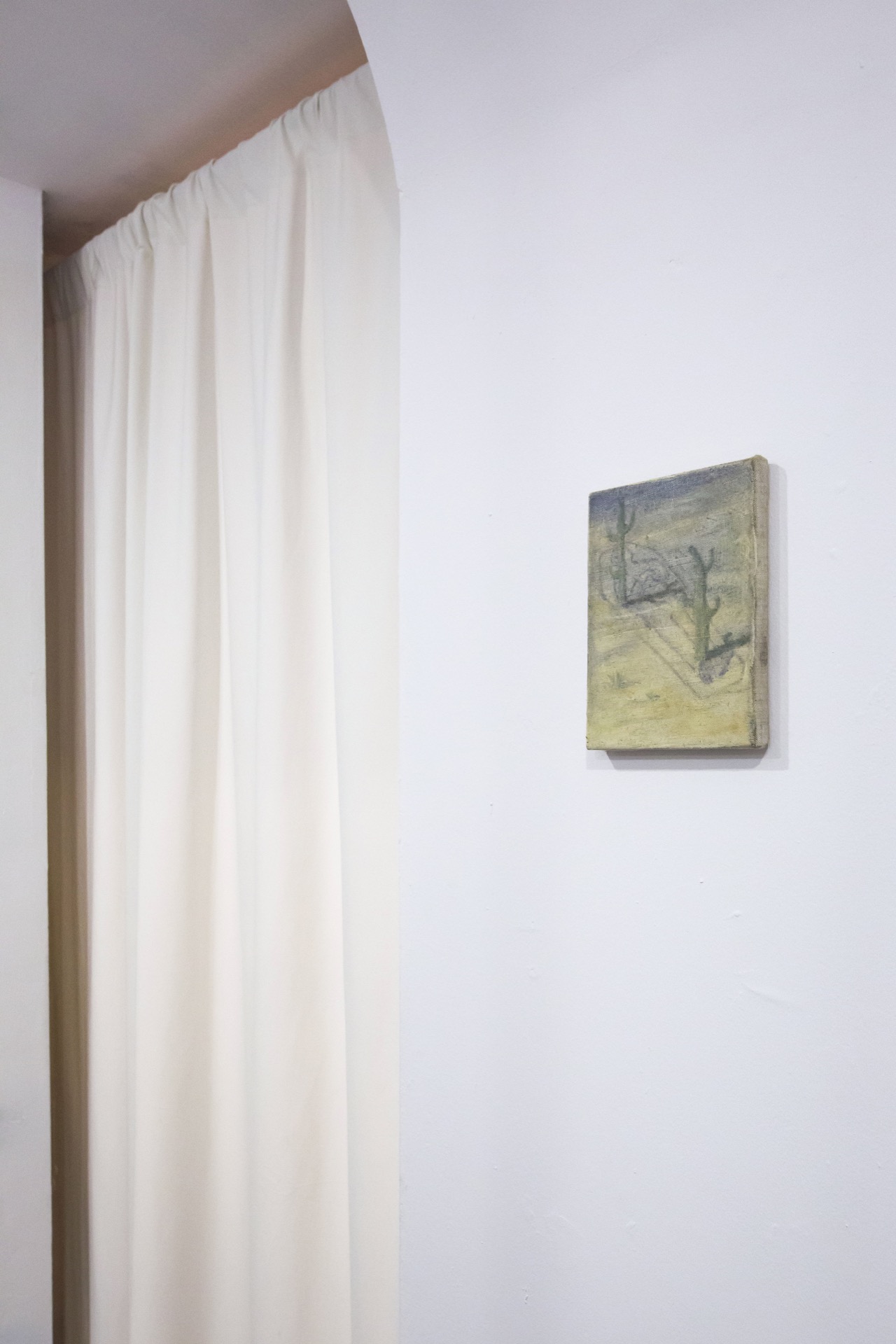A river once flowed there
Cracow, 18.11 - 18.12. 2022
ARTISTS:
Alicja Pakosz
Michał Zawada
Michał Sroka
Filip Rybkowski
Dominik Stanisławski
Justyna Smoleń
Paweł Olszewski
Szymon Kobylarz
Agata Jarosławiec
Bartek Buczek
Kornel Janczy
Magdalena Lazar
Michalina Bigaj
Natalia Kopytko
Kuba Woynarowski
Michał Sosna
Kamil Kukla
Marek Chlanda
Paweł Olszczyński
Alicja Pakosz
Michał Zawada
Michał Sroka
Filip Rybkowski
Dominik Stanisławski
Justyna Smoleń
Paweł Olszewski
Szymon Kobylarz
Agata Jarosławiec
Bartek Buczek
Kornel Janczy
Magdalena Lazar
Michalina Bigaj
Natalia Kopytko
Kuba Woynarowski
Michał Sosna
Kamil Kukla
Marek Chlanda
Paweł Olszczyński
"It was a gray, warm, sweet, grass-scented spring day. After a day's exercise outside the city, Genesip rushed around six o'clock to Rhetoric Street, to Persa. [...] She received him in bed among some feathers à la Wrubel (- to less informed readers the author explains that this is a painter and not a bird -) amidst hyperbrabant transparencies and pillows whose pillowiness passed the sloth dream of the easternmost of the princes of the earth. It was all very cheap, only constructed with an incredibly sadistic flavor."
(Stanislaw Ignacy Witkiewicz, Insatiability)
In the seedy town of K, right where you are standing, a river once flowed. It crossed the estate managed first by the university's chair of rhetoric, then by the Ossolinsky family. At the end of the 19th century, when the city was trying to rise from its knees and in a rush of modernization reject the bad name of Galician peripherality, a street was laid out here. Wooden buildings were replaced by modern bourgeois townhouses. To ensure that the vapors of the Ore Mountains, seeping lazily between the houses, did not impede a peaceful sleep, the riverbed was covered over between 1910 and 1912, and a tree-lined avenue was laid out on the surface. In 2021, the area of greenery fronting the roadway was named the Women's Rights Square. It is underneath that the ever-frothy current hides. On the banks of the invisible river we present an exhibition that took its character from its murky underground riverbed.
At the turn of the 20th century, the small Rhetoric Street was a melting pot where aristocracy, artistic bohemia and aspiring Krakow bourgeoisie mingled. In the immediate vicinity lived: Olga Boznańska, Piotr Stachiewicz, Henryk Sienkiewicz, Ignacy Paderewski, Helena Modrzejewska and Adam Chmielowski frequented. There were the Puget apartments, the Ostaszewski palace and the Malachowski tenement house. Teodor Talowski erected five eccentric tenements here, and on the corner with Smolensk Street stands to this day (albeit in a new modernistic guise) the Egyptian House, whose façade, decorated with statues of Osiris and pharaohs, with a portal styled as a temple pylon flanked by obelisks, once dominated the left bank of the Rudawa River. Delineated from Wolska Street (today Pilsudski Street), Rhetoric Street led to Kossakowka - a villa where Jadwiga Unrug, niece of Wojciech Kossak and later wife of Stanislaw Ignacy Witkiewicz, probably frequented. Witkacy must have known this street very well, so when his stay in Cracow turned out to be a professional and personal failure for him, it became (as St. Rhetoric Street) a metonymy of bourgeoisness and provincial degeneration.
The exhibition is co-financed by the Municipality of Krakow.
Exhibition co-financed by the ZAIKS Creative Works Promotion Fund
(Stanislaw Ignacy Witkiewicz, Insatiability)
In the seedy town of K, right where you are standing, a river once flowed. It crossed the estate managed first by the university's chair of rhetoric, then by the Ossolinsky family. At the end of the 19th century, when the city was trying to rise from its knees and in a rush of modernization reject the bad name of Galician peripherality, a street was laid out here. Wooden buildings were replaced by modern bourgeois townhouses. To ensure that the vapors of the Ore Mountains, seeping lazily between the houses, did not impede a peaceful sleep, the riverbed was covered over between 1910 and 1912, and a tree-lined avenue was laid out on the surface. In 2021, the area of greenery fronting the roadway was named the Women's Rights Square. It is underneath that the ever-frothy current hides. On the banks of the invisible river we present an exhibition that took its character from its murky underground riverbed.
At the turn of the 20th century, the small Rhetoric Street was a melting pot where aristocracy, artistic bohemia and aspiring Krakow bourgeoisie mingled. In the immediate vicinity lived: Olga Boznańska, Piotr Stachiewicz, Henryk Sienkiewicz, Ignacy Paderewski, Helena Modrzejewska and Adam Chmielowski frequented. There were the Puget apartments, the Ostaszewski palace and the Malachowski tenement house. Teodor Talowski erected five eccentric tenements here, and on the corner with Smolensk Street stands to this day (albeit in a new modernistic guise) the Egyptian House, whose façade, decorated with statues of Osiris and pharaohs, with a portal styled as a temple pylon flanked by obelisks, once dominated the left bank of the Rudawa River. Delineated from Wolska Street (today Pilsudski Street), Rhetoric Street led to Kossakowka - a villa where Jadwiga Unrug, niece of Wojciech Kossak and later wife of Stanislaw Ignacy Witkiewicz, probably frequented. Witkacy must have known this street very well, so when his stay in Cracow turned out to be a professional and personal failure for him, it became (as St. Rhetoric Street) a metonymy of bourgeoisness and provincial degeneration.
The exhibition is co-financed by the Municipality of Krakow.
Exhibition co-financed by the ZAIKS Creative Works Promotion Fund
